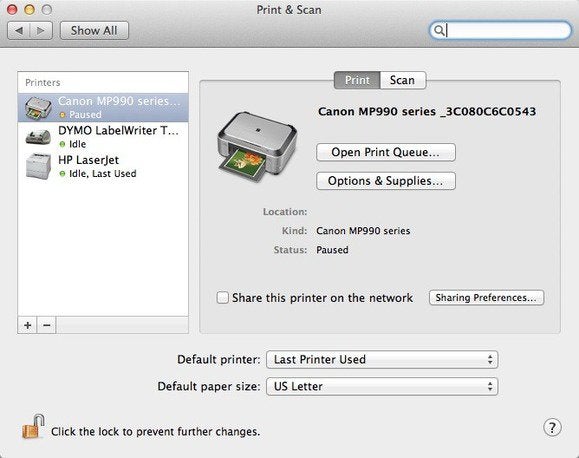
Microsoft Word For Mac 2011 Mail Merge
Microsoft Word MVP Doug Robbins wrote the Mail Merge to E-mail with Attachments code sample using Word VBA to create a mail merge with attachments which he converted to MergeTools Word addin (template). Mail Merge with Categories. The following tutorial shows how to do a mail merge using categories. This method works in Outlook 2003, 2007 or 2010.
I have Microsoft office for Mac 14.5.8 running on OS X 10.11.1. I have a basic level of VBA programming skills. My requirement is to generate a WORD document cataloguing a number of artworks with, for each work, a page containing details of the work and a list of the exhibitions it has been in. The first bit I can do with mailmerge, but I don’t know how to make the embedded list of exhibitions for each work.
I want to create a line for each exhibition, so it is like a mailmerge-within-a-mailmerge. Is this possible with VBA? (I don’t necessarily have to use mailmerge if there is a better way). I currently have an EXCEL workbook functioning as a database for the artworks with a table on each worksheet (tab). This could be migrated to SQLLite or similar if that helps.
“” ~ The full solution software includes everything you need to install and use your HP printer.  Download HP Color LaserJet Pro M452dn Driver for Windows, Mac OS X and Linux. This collection of software includes the complete set of drivers, installer and optional software. HP Color LaserJet Pro M452dn HP Color LaserJet Pro M452dn Printer Series Full Software and Drivers Driver and Software Details Type: Driver Version: 16.0.17174.607 Release date: Mar 20, 2017 File name: HP_LJ_Pro_M452-PCL_6_v3_Modern_Full_Solution_17174.exe File Size: 83.6 MB ↔ Operating Systems: Windows 10 (32-bit/64-bit), Windows 8.1 (32-bit/64-bit), Windows 8 (32-bit/64-bit), Windows 7 (32-bit/64-bit), Windows Vista (32-bit/64-bit), Windows XP (32-bit/64-bit). Provides download link for HP Color LaserJet Pro M452dn printer with “Windows, Mac and Linux” Operating System select compatible computer driver System you use, you can download the driver here easily and for free.
Download HP Color LaserJet Pro M452dn Driver for Windows, Mac OS X and Linux. This collection of software includes the complete set of drivers, installer and optional software. HP Color LaserJet Pro M452dn HP Color LaserJet Pro M452dn Printer Series Full Software and Drivers Driver and Software Details Type: Driver Version: 16.0.17174.607 Release date: Mar 20, 2017 File name: HP_LJ_Pro_M452-PCL_6_v3_Modern_Full_Solution_17174.exe File Size: 83.6 MB ↔ Operating Systems: Windows 10 (32-bit/64-bit), Windows 8.1 (32-bit/64-bit), Windows 8 (32-bit/64-bit), Windows 7 (32-bit/64-bit), Windows Vista (32-bit/64-bit), Windows XP (32-bit/64-bit). Provides download link for HP Color LaserJet Pro M452dn printer with “Windows, Mac and Linux” Operating System select compatible computer driver System you use, you can download the driver here easily and for free.
Exhibitions can tour, so location is a separate table; an exhibition will take place at one or more locations, so ideally I want to list the locations for each exhibition as well, giving two levels of embedding. Tables: • Object: entry per artwork with fields like: artist, title, materials and measurements; keyed with an object_id. • Exhibition: name, catalogue reference; keyed with a short name (acronym) as exhibition_id • Location: name of a location at which exhibitions are held; keyed with a short name (acronym) as location_id. • Object-Exhibition: object_id, exhibition_id, catalogue number. Indicates which works appeared at each exhibition.
• Exhibition-location: exhibition_id, location_id, start date, end date. Indicates which exhibitions were held at each location. If anyone can give me some sample code, and/or point me to where I can find instructions, I would be most grateful! Thanks for confirming my understanding so far. I can handle SQL, but I am not sure what you mean by a DATABASE field, or how it will help me? Do you mean the Get external data from a database feature?
If so, then I also need to instal an ODBC driver and have not yet found a compatible one. I have an idea that might move me forward, but still insufficient detail to implement. I could: • Create a (non-relational) Object-Exhibitions table with Object_id in the first column, repeated for each exhibition that applies to that object, followed by fields with the exhibition details. (Let's suppose I can get the list of locations in there somehow).

• Run a Mailmerge on that table in such a way that a separate little WORD document is created each time the Object_id changes; so each of these mini-documents contains the formatted list of exhibitions for one object, and is named with the Object_id. • Run a second 'Master' Mailmerge on the Object table (if necessary in a separate workbook) that picks up all the basic object data fields ( Name, Materials, Size etc) and includes for each Object the corresponding Exhibitions WORD (sub-) document, identified by the Object_id, that was produced by the previous Mailmerge. The only problem is I do not know exactly how to do step 2; though I read somewhere that it should be possible.